Many hunters wonder how much does it cost to go elk hunting, but they never get further than asking the question. Elk, Wapiti. The name conjures images of a majestic bull bugling in a mountain clearing, its breath steaming in the cool morning air. Pursuing these animals is a dream of many, but it does not have to be a pipe dream. By investing time in research and preparation, anyone can put a do-it-yourself elk hunt together for less than $1,500 in a number of different states, including Colorado, Washington, Utah, Oregon, and Idaho.
Colorado
Long the prime destination for DIY elk hunters, Colorado boasts unlimited over-the-counter non-resident tags for archery season and the second and third rifle seasons. More elk are harvested in Colorado than any other state, but Colorado also has the most elk hunters. A bull or either sex tag will cost you about $670 (including a general license), with an antlerless tag running nearly $200 less. This state is also a great destination for family hunts as a non-resident youth tag is only $103.
Big Game Hunts in Colorado
Washington State
Though a far drive for eastern hunters, Washington offers the cheapest tags @ $497 for a non-resident elk permit. There are also several combination tag offerings if you wish to hunt deer, bear, cougar, or small game in the state. There are 13.4 million acres of land open to hunting, about half that of Colorado, but there are also 75% fewer elk hunters competing for the animals on that land.
Big Game Hunts in Washington
Utah
Heading over to Utah, we find the second cheapest tag at $622, which includes a one-year fishing permit. Antlerless elk tags cost about half of that. The management units are divided into any bull and spike-only units and the hunter must decide the type of unit they wish to hunt. Archery hunters may hunt in any unit, but the type of elk harvested is determined by the unit hunted in. A three-season tag is available covering archery, rifle, and muzzleloader seasons for $700. Utah also boasts the highest success rate of the over-the-counter tag states at nearly 26%. With over 34 million acres open to hunting and one of the lowest numbers of elk hunters on our list, this state deserves a solid look.
Big Game Hunts in Utah
Oregon
Like Washington, Oregon is home to coastal rainforests and both Roosevelt and Rocky Mountain elk. Hunter success rates land in between Washington and Utah. The tags here are more expensive as well, costing $760. What you get for that expense is access to nearly 35 million acres of hunting land. Active-duty service members can purchase licenses and permits at resident rates, making this a very affordable hunt for those currently serving.
Big Game Hunts in Oregon
Idaho
Last on our list is Idaho. This state has the most land available to hunt but is the most expensive. The cost for license and tag is nearly $850. Offering lower hunter densities than Oregon and a higher success rate than Colorado, Idaho is still a decent value for those on a budget. Do not wait to purchase a tag if this is your chosen hunting destination, as non-resident tags are (relatively) limited in quantity to approximately 12,500 and sold first-come-first-serve.
Big Game Hunts in Idaho
Pulling off a DIY Elk Hunt
Start saving.
Stick $10 a week in a jar and you can go every two years, set aside $3 per day and you can make it a yearly event. That is as simple as packing a lunch for work instead of eating out.
Consider booking a drop hunt.
License and tag will be your largest expense on this trip, the rest of the cost is food and fuel. Skip the motels and drive straight through. Sleep in the vehicle and alternate drivers. Avoid buying fast food and pack sandwiches for the drive. Bring camp food from home or stop at the last Walmart you come to for groceries.
Find a good hunting partner.
A good hunting partner (or two) pays dividends on a trip like this, splitting up the costs of food and fuel, along with help field dressing an animal if one of you is successful. Get topo maps and study them, game plan your hunting days with your group and call wildlife biologists in the areas that you are considering to learn current field conditions. There is no need for fancy gear, what you have for deer hunting will be fine. Pack light and remember that you will be on the move looking for elk and not waiting for them to come to you. Pick up some thrift store pillowcases for game bags to save a few more dollars and if they have a frame pack at Goodwill then grab it, but one is not required – just handy.
Practice your shooting.
You do not need a super lightweight magnum rifle either. Get premium ammunition for your elk rifle and practice. (Note: some states do have minimum caliber requirements) As an aside, please make sure to have a decent scope on your rifle to take full advantage of low light conditions. I would also spend serious time with your .22 rifle, getting comfortable and proficient shooting from various field positions. This is doubly true for any junior hunters that may be accompanying you on your hunt.
Lastly, get in shape.
Elk live in the high country and areas that are hard to reach. All the money saved will not matter if you can’t hoof it up and down the mountain for a week in pursuit.
An elk hunt is the dream of a lifetime for many, but it does not have to be a once-in-a-lifetime occurrence.
Discover why thousands of people have trusted us with their adventures.
Request Pricing Or More Info Talk To a Consultant
LET'S START PLANNING YOUR NEXT TRIP
Please be specific so we can find exactly what you're looking for.
See you on the mountain.
Richard Douglas is a long-time shooter, outdoor enthusiast and technologist. He is the founder and editor of Scopes Field, and a columnist at The National Interest, Cheaper Than Dirt, Daily Caller and other publications.
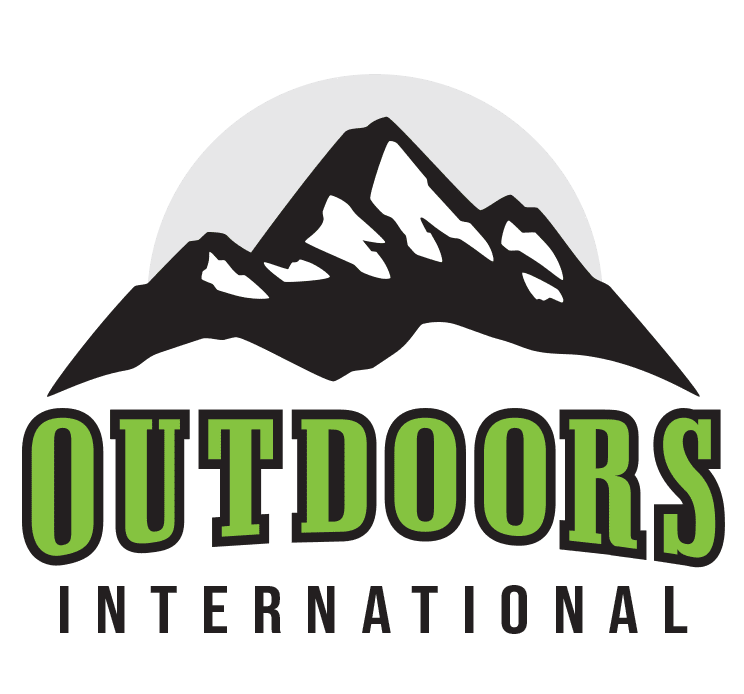
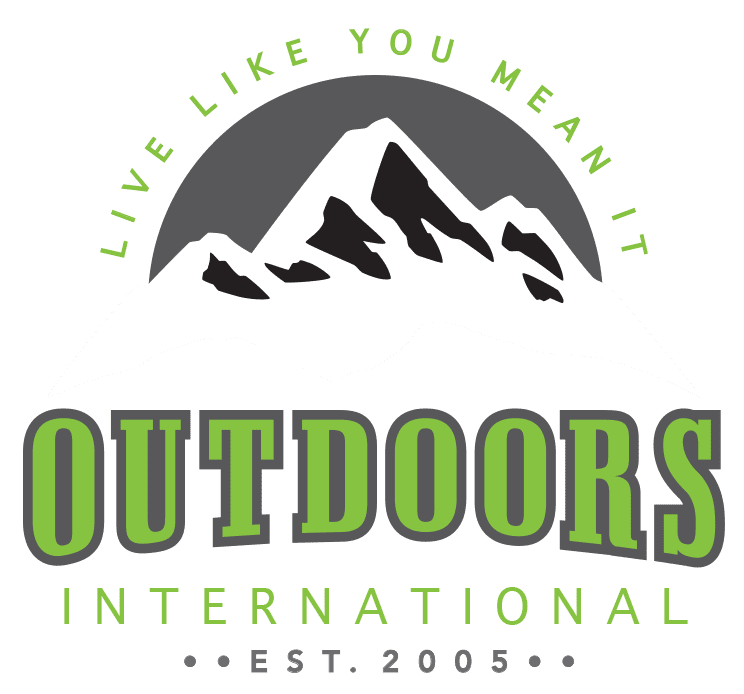
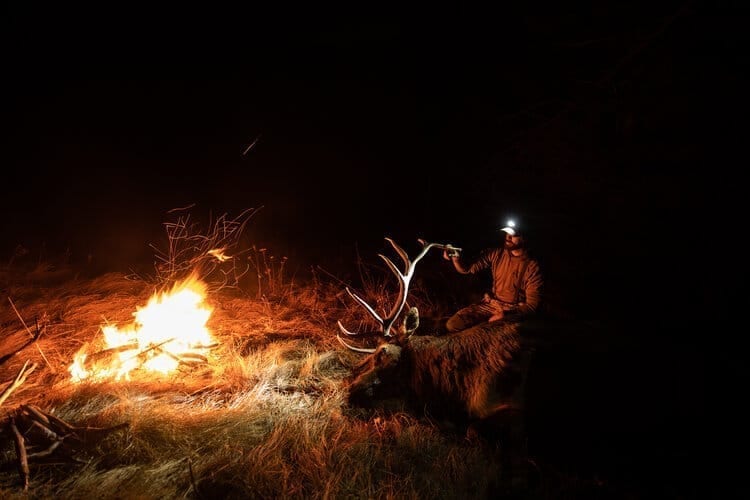

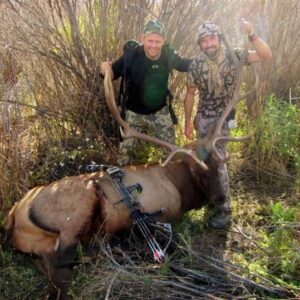
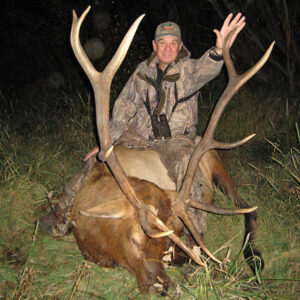
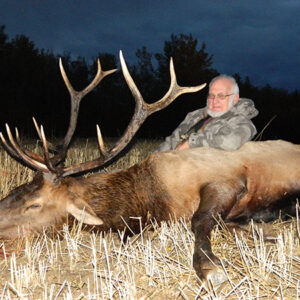
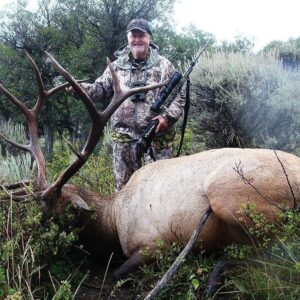
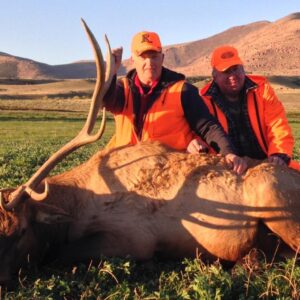
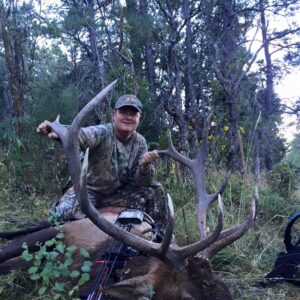
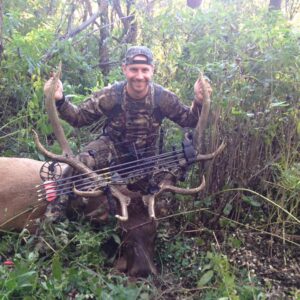
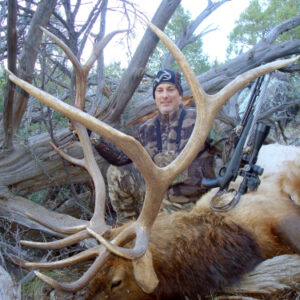
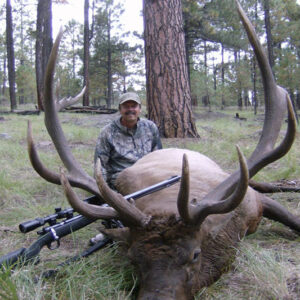
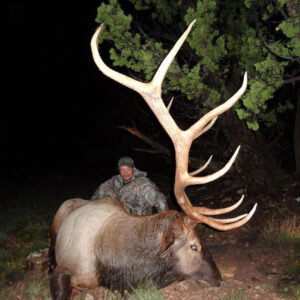

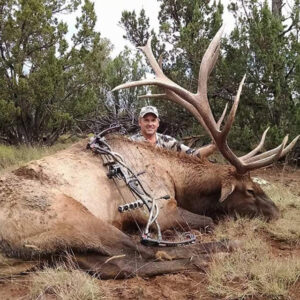
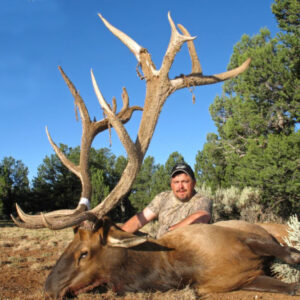
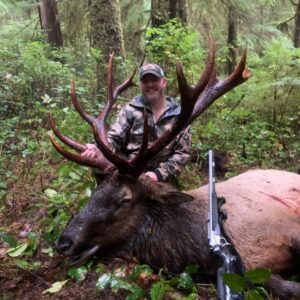
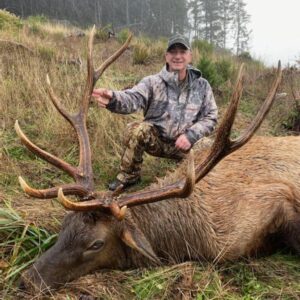
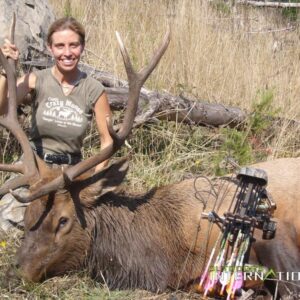
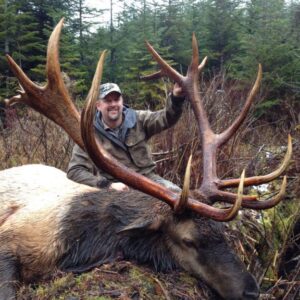
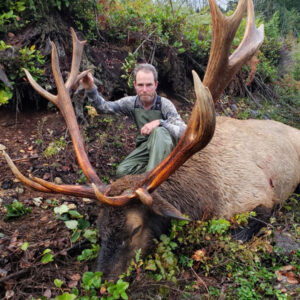
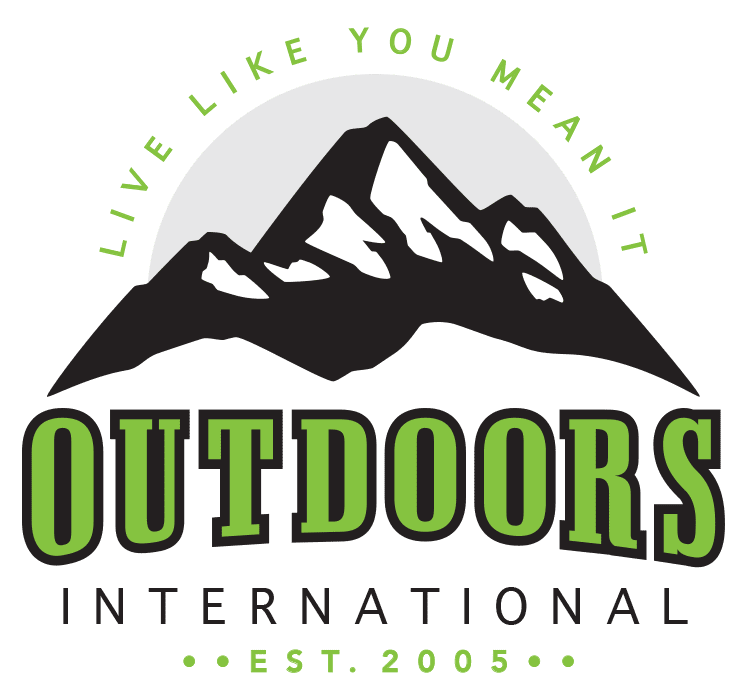
LET'S START PLANNING YOUR NEXT TRIP
Please be specific so we can find exactly what you're looking for.